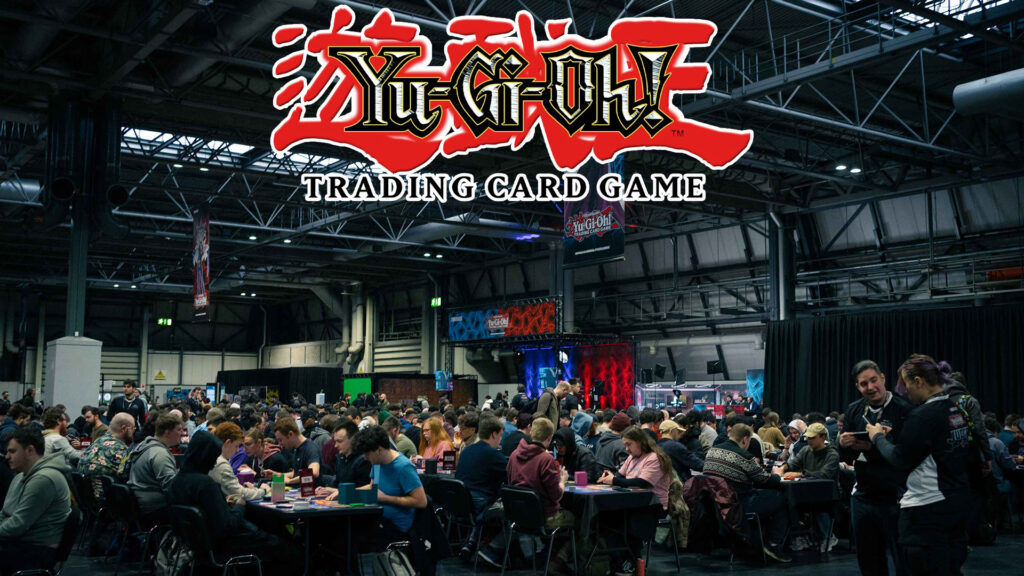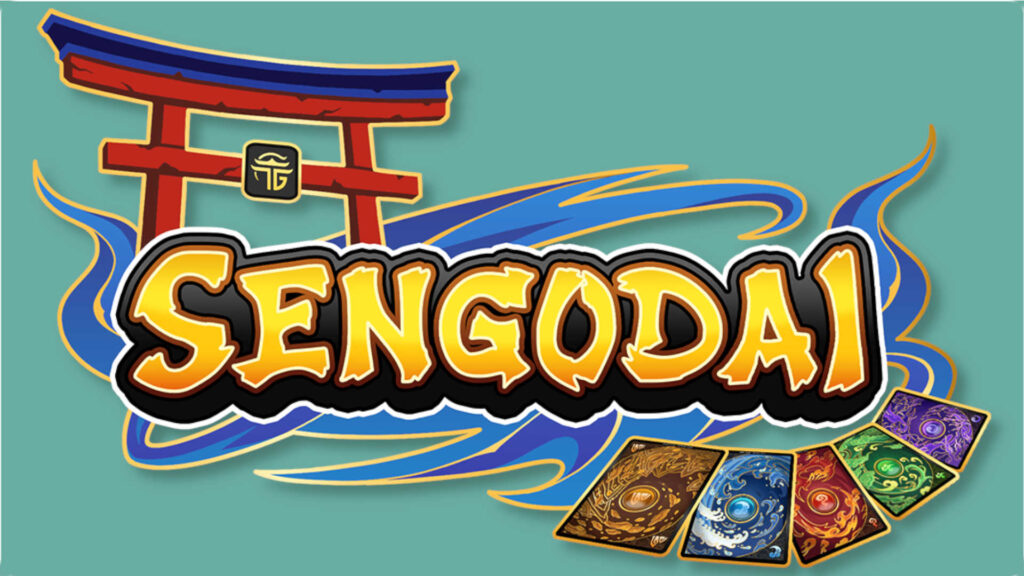Images courtesy of KONAMI
Almost 2,500 Duelists came from all over the world to attend the Yu-Gi-Oh! Championship Series Birmingham (YCS) last weekend.
Heading into the YCS, it was anticipated that the story of the tournament would be the clash between Ryzeal and Maliss. These two meta-defining archetypes both made their Yu-Gi-Oh! TCG debut in December 2024’s Crossover Breakers. Ryzeal is an XYZ archetype, capable of rushing out their threats and detonating the opponent’s cards. Maliss, meanwhile, is a Link archetype that banishes its own cards to bring them into play, before combo-ing into one of three very powerful boss monsters.
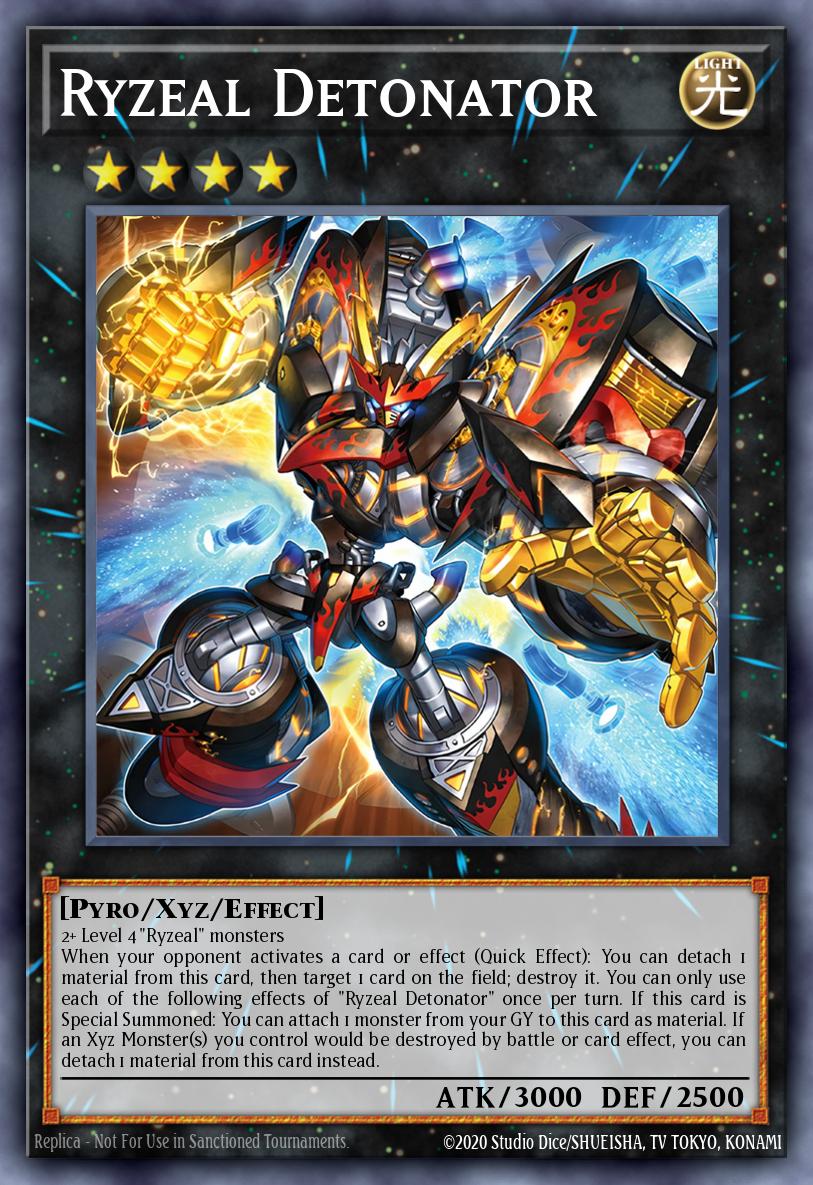
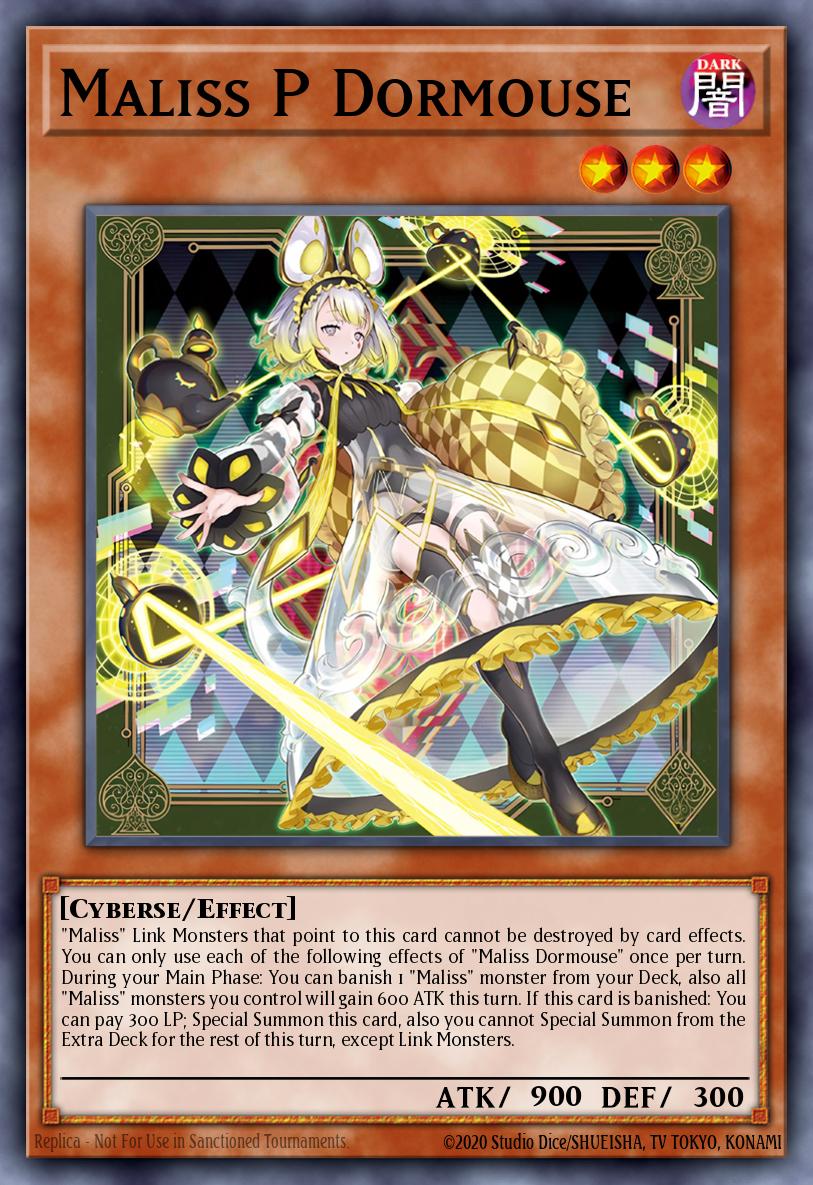
When the top cut occurred, it still looked like Maliss or Ryzeal would take the day. Of the 64 Duelists still standing, 31 were using Ryzeal decks, many of which incorporated either Fiendsmith or Mitsurugi engines, while 16 Duelists were piloting Maliss. In other words, 47 of the top 64 decks (73%) were from one of these two powerful archetypes.
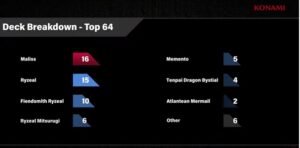
As the rounds passed by, a very different story began to emerge. When it was time for the top four to face off, only two of them were using either Ryzeal or Maliss.
Marvin Kammerer came in fourth with a Pure Ryzeal deck.
Nils Svensson won third place using Mermail Atlanteans.
Shanxiao “Tony” Wan was the runner-up using Maliss, supported by Bystial
And finally, Din-Kha Bui managed to take the trophy using a completely unanticipated Fire King build.
Let’s talk about this tournament and analyze these four archetypes which managed to rise to the top amidst a field of 2,496 competitors.
Table of Contents
ToggleRyzeal

Ryzeal is a rank 4 XYZ archetype, featuring the two boss monsters: Ryzeal Detonator and Ryzeal Duo Drive.
The card Ryzeal Duo Drive can detach XYZ materials from itself to fetch more Ryzeal cards from the deck, bringing more cards out and keeping the deck’s momentum in full swing. It also benefits its controller by increasing the ATK of their monsters and decreasing the ATK of their opponent’s monsters by 100 for every material attached to it.
Ryzeal Detonator, meanwhile, is a formidable threat that can detach materials from itself to destroy the opponent’s cards or to prevent the destruction of its controller’s XYZ cards. These two cards can be rushed into play very quickly thanks to a suite of powerful level four monsters like Ice Ryzeal, Ext Ryzeal, and Sword Ryzeal all of whom dig through the deck for more Ryzeals to bring to the fight.
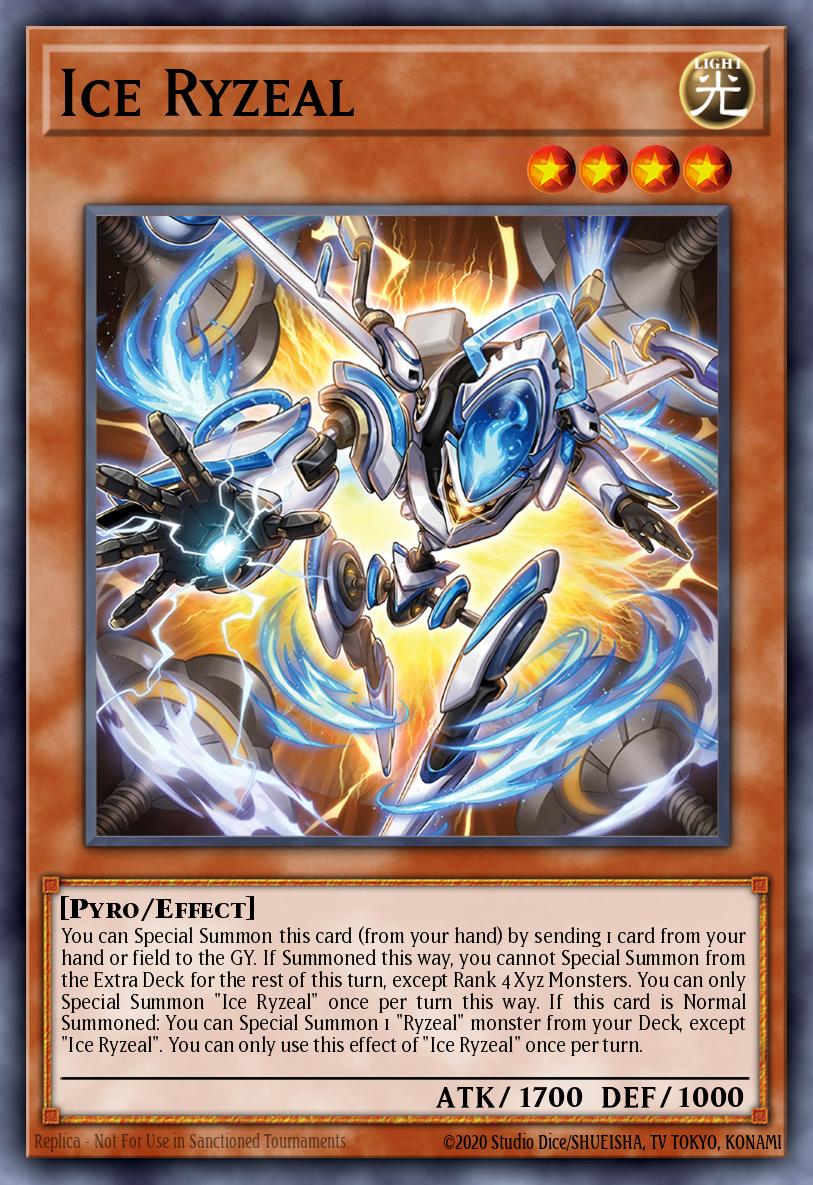
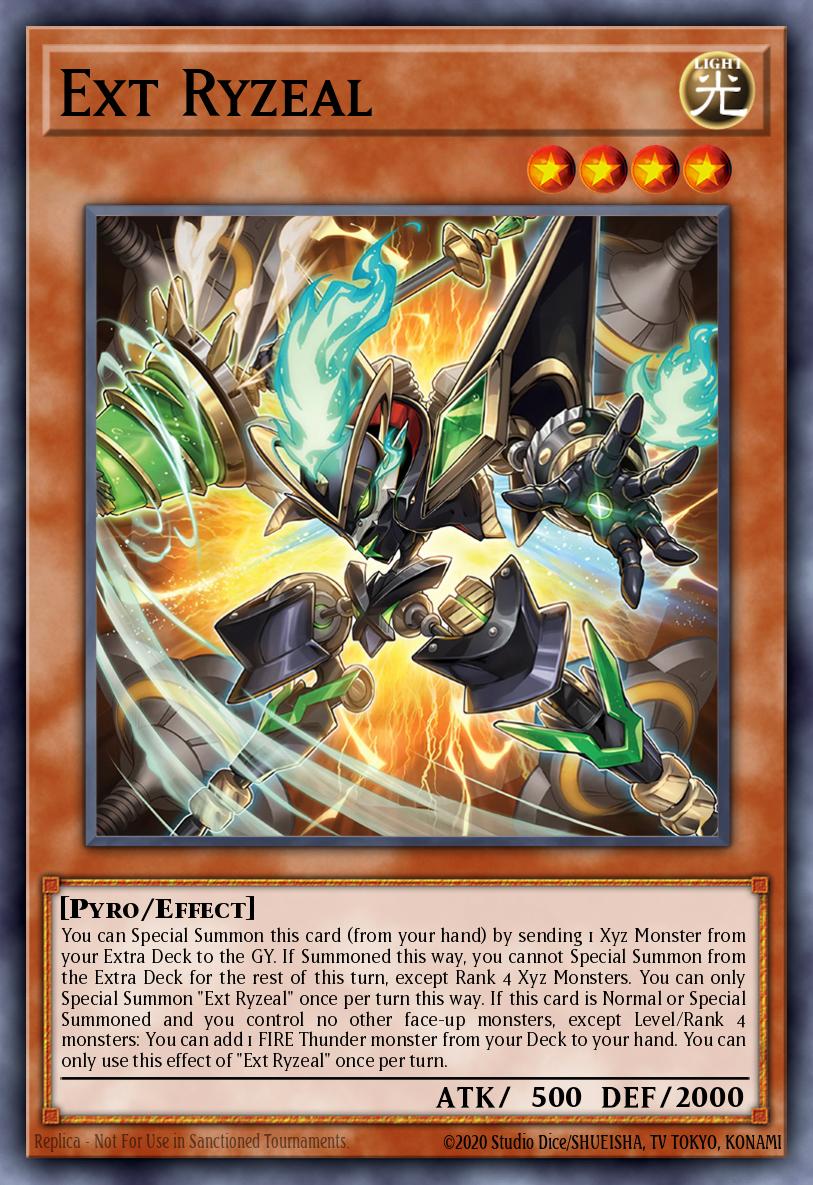
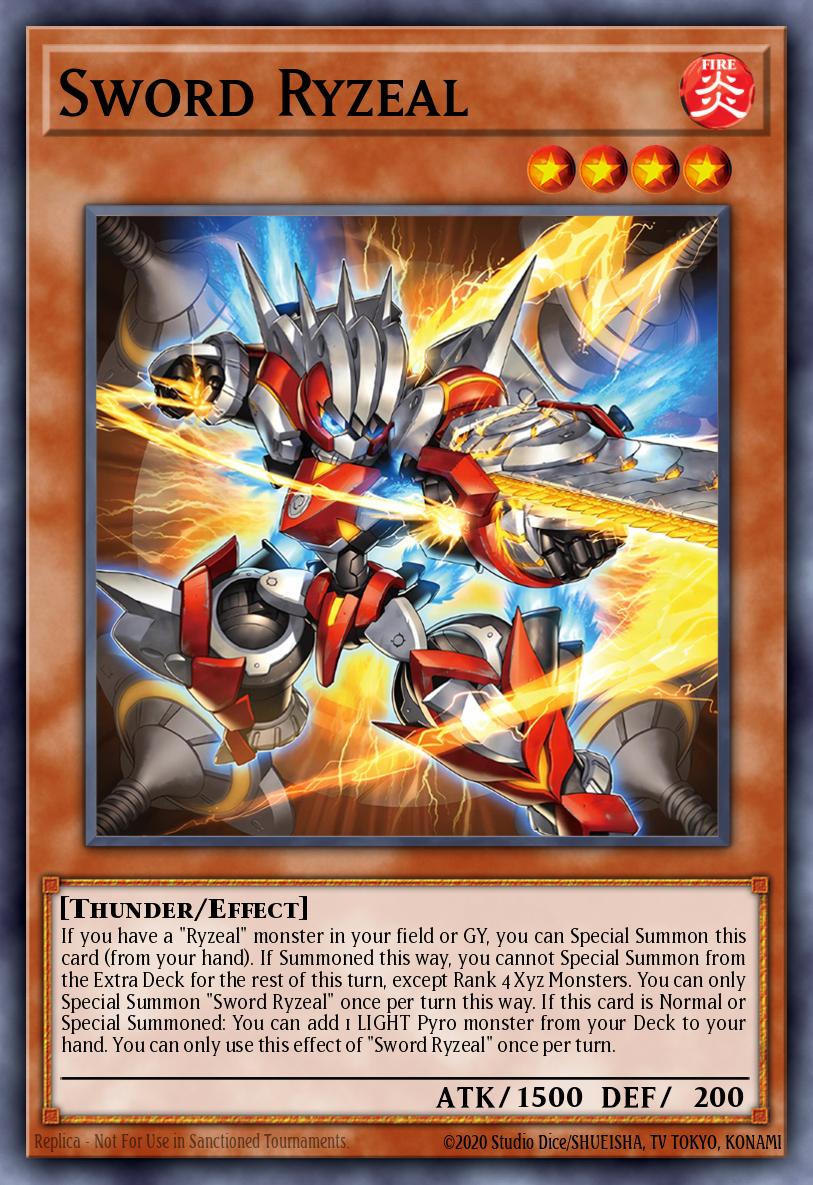
There were three variants of this deck at the tournament.
Fiendsmith Ryzeal incorporates the powerful Fiendsmith engine. If Fiendsmith Engraver or Fiendsmith’s Tract are in the Ryzeal player’s starting hand, then they can easily be used as the starting points of combos that set up fully developed fields. Since Fiendsmith Engraver is level 6, it also grants access to D/D/D Wave High King Caesar, who can prevent opponents from Special Summoning.
Mitsurugi Ryzeal uses the brand new Mitsurugi cards from Supreme Darkness. By using Ryzeal cards to XYZ summon King of the Feral Imps, Duelists can add Reptile cards to their hand, thus getting the Mitsurugi game plan going in tandem with their Ryzeal strategy. In an ideal scenario, this will result in Futsu no Mitama no Mitsurugi and Ame no Murakumo no Mitsurugi standing shoulder to shoulder with the Detonator and Duo Drive putting an immense amount of pressure on the opponent.
There were also Pure Ryzeal decks which traded in access to a second archetype for more slots to run useful utility cards like Ryzeal Plugin, Crossout Designator, and Nibiru, the Primal Being. Although perhaps less exciting than the alternatives, it was Pure Ryzeal decks that ended up putting in the best performance of the three variants at YCS Birmingham. Pure Ryzeal secured 15 slots in the top 64, versus 10 held by Fiendsmith Ryzeal and six going to Ryzeal Mitsurugi.
In an interview with Card Gamer, Leonard König, one of the commentators for YCS Birmingham, gave his perspective on the archetype and its variants.
König stated, “Fiendsmith raises the floor for Ryzeal decks, while Mitsurugi raises the ceiling.”
In other words, a Fiendsmith Ryzeal deck will more reliably be able to set itself up, but a Mitsurugi deck will produce an end field that’s more difficult to break through.
Maliss

Using the starters Maliss P Dormouse, and Maliss P White Rabbit, a Maliss player can quickly grab more monsters, as well as their powerful archetypal Trap cards. Most Maliss cards banish other cards of the archetype, but this is a reward rather than a penalty, since all of their monsters can special summon themselves into play from banishment at a small cost of Life Points.
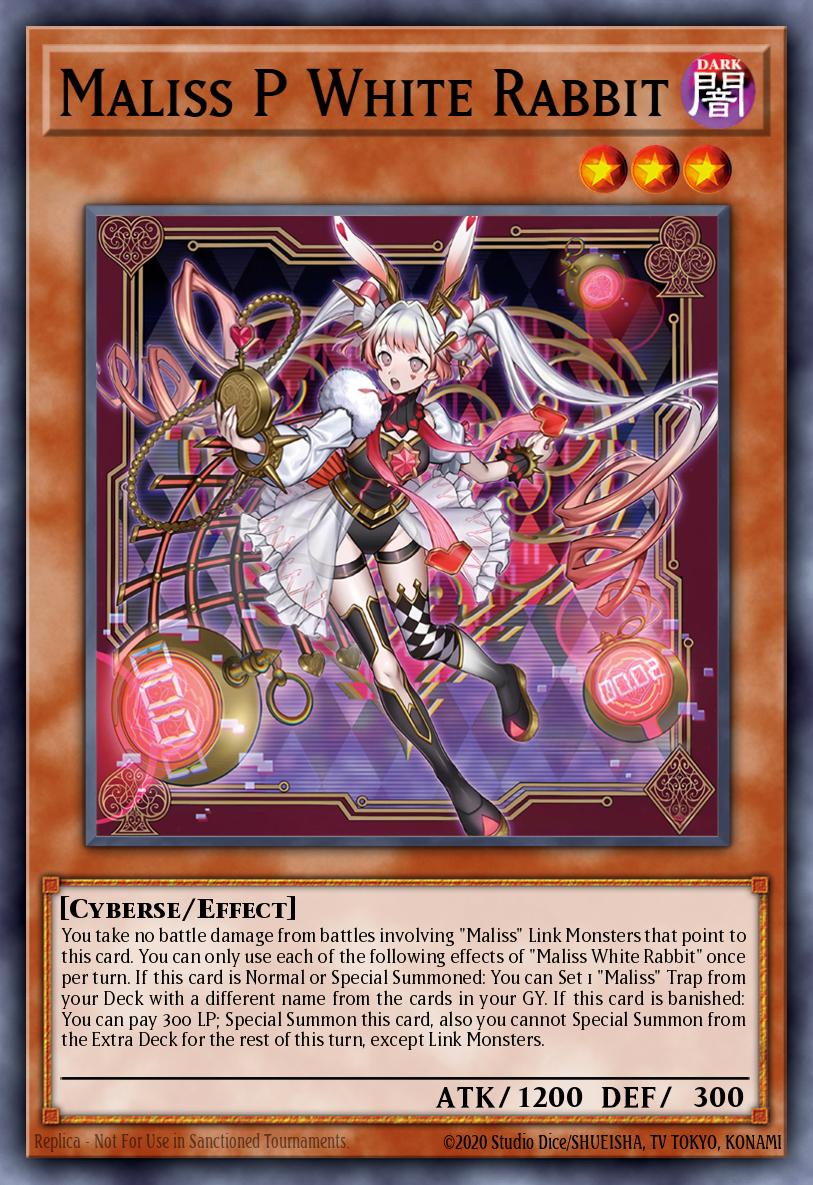
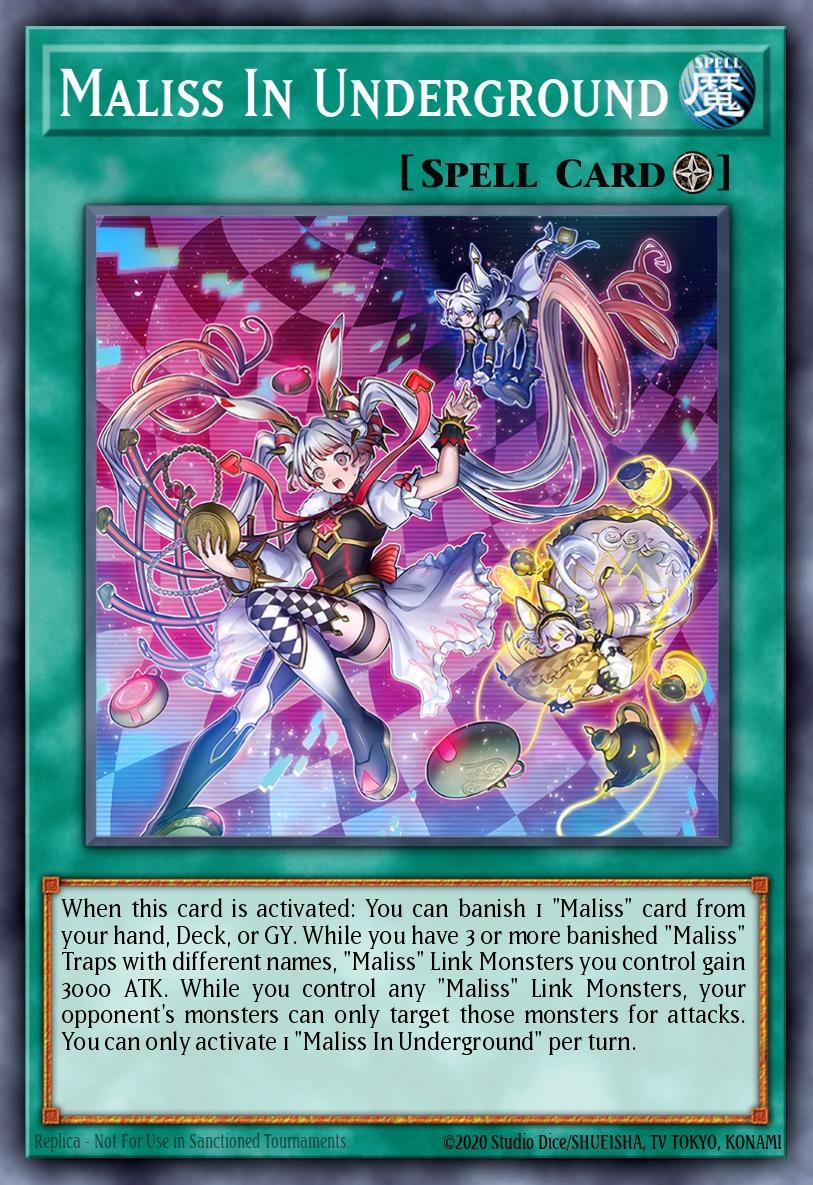
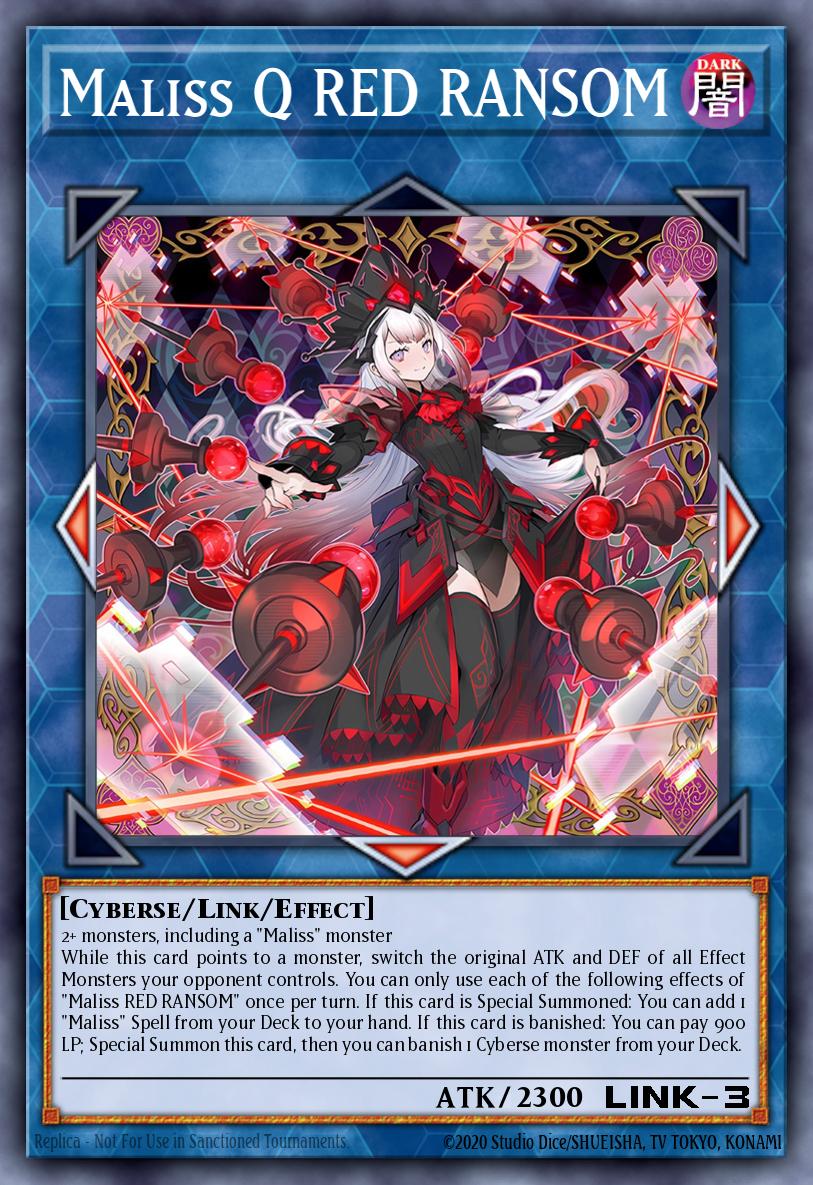
The powerful archetypal field spell Maliss in Underground banishes a Maliss monster when it comes into play, letting their controller access it, along with providing a 3000 Attack Point buff to all Maliss Link Monsters. The card also prevents the opponent from attacking targets that aren’t Maliss Link Monsters when one is in play.
It’s the three big Link Monsters that are the main draw of the archetype though. Maliss <Q> Red Ransom grabs a copy of the Field Spell as she enters play, and frustrates the opponent by switching the ATK and DEF of their monsters. Maliss <Q> White Binder banishes three cards from either graveyard when she enters play, both disrupting the opponent’s strategy and enabling her controller to bring back some Maliss monsters. She also fetches a trap from the deck and provides some card draw if she’s ever played from exile. Finally, Maliss <Q> Hearts Crypter closes out the game, providing a removal effect that can’t be negated while she’s pointing to a monster, and the ability to return to play with doubled attack points if she ever gets banished by one of the archetype’s innumerable banishment effects.
While very powerful, the Maliss archetype is held back by its reliance on banishment. This means that cunning opponents can bring in cards from their Side Deck to grind the Maliss game plan to a screeching halt. 94% of the players at YCS Birmingham Side Decked at least one copy of Artifact Lancea, which prevents players from banishing cards for the rest of the turn.
It was this flaw that ultimately cost Maliss the tournament. In the final game of YCS Birmingham, Din-Kha Bui Special Summoned not one, but two copies of Chaos Hunter, a monster that locks the opponent out of banishing cards while it remains on the field. This signaled the beginning of the end for his opponent, the Maliss player Shanxiao Wan, who nevertheless put up a valiant resistance, particularly for his first time in the spotlight like this against a seasoned player like Bui.
When asked if he would rather pilot a Maliss deck or a Ryzeal deck, the commentator Sebastian “Basti” Lemka told Card Gamer that while he feels Maliss has the potential to be the stronger of the two archetypes, its vulnerability to cards like Artifact Lancea put the deck in an uncomfortable situation.
He stated: “I would personally not want to put myself through that struggle. If I had to choose myself, I would always have gone with the Ryzeal strategy.”
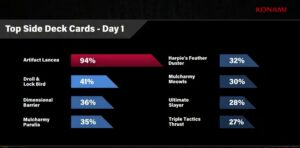
Mermail Atlantean

While Mermail decks didn’t have the same spotlight shining on them heading into the tournament as Maliss or Ryzeal decks did, there were expectations from some that this aquatic army would succeed.
In an interview with Card Gamer prior to the tournament, Alberto Marazzi, a member of the YCS commentary team, argued that he felt the archetype would perform well given the recent support it received from Supreme Darkness.
Marazzi stated: “I can see at least a couple of Mermail decks in the top cut, just because the strategy of the deck is very tough to stop.”
This prediction ultimately came true, with two Mermail Atlantean decks making it into the top 64.
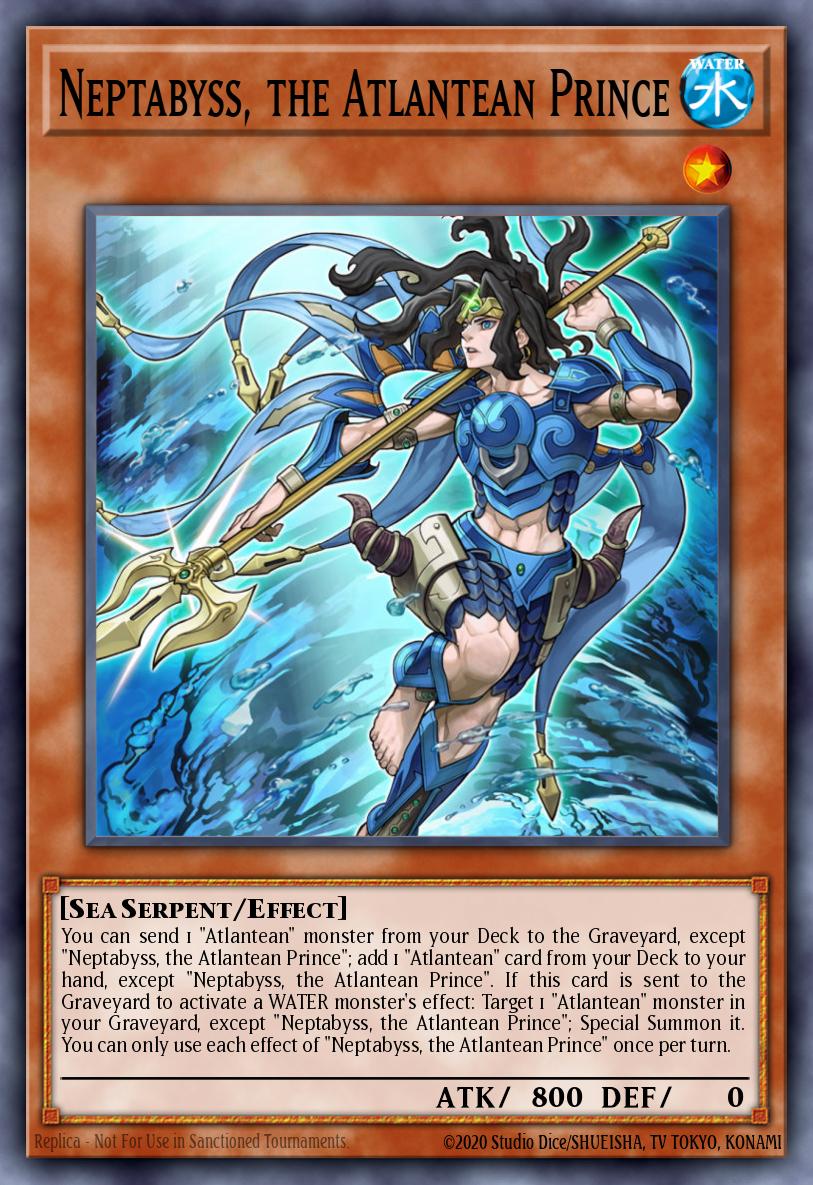
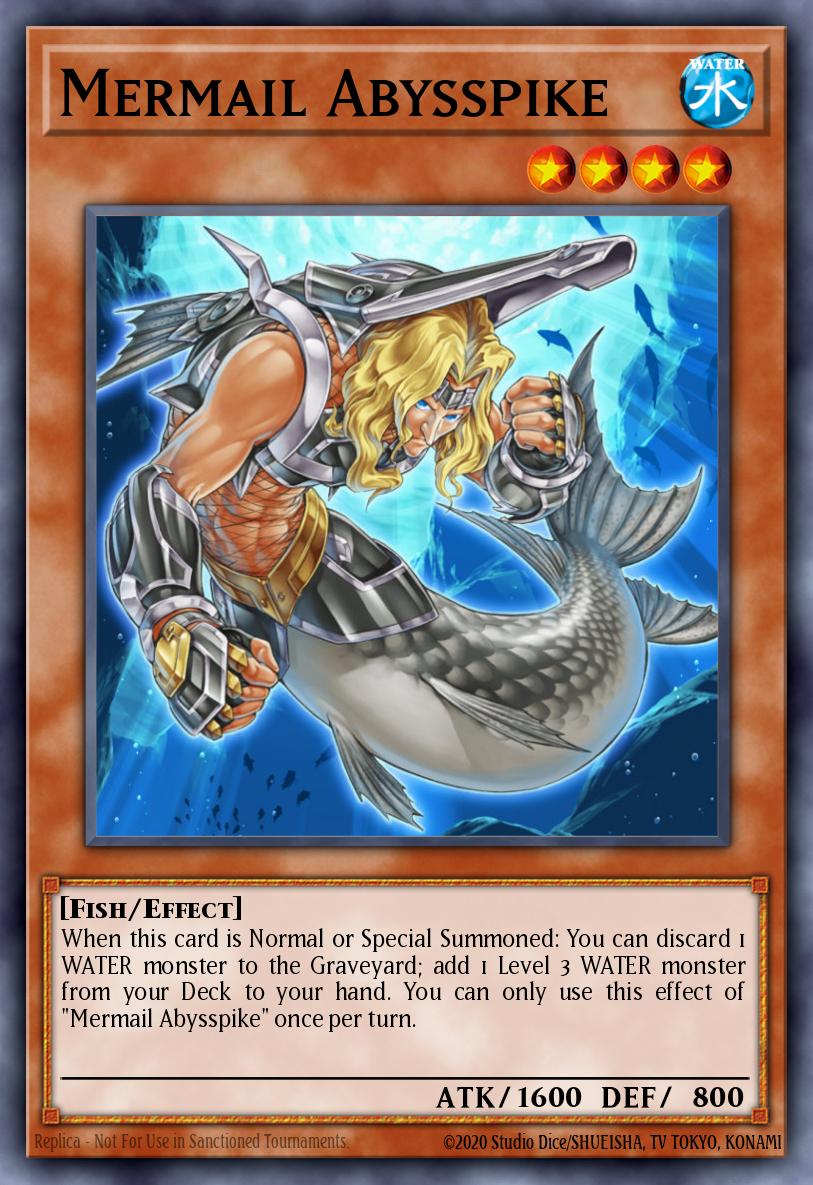
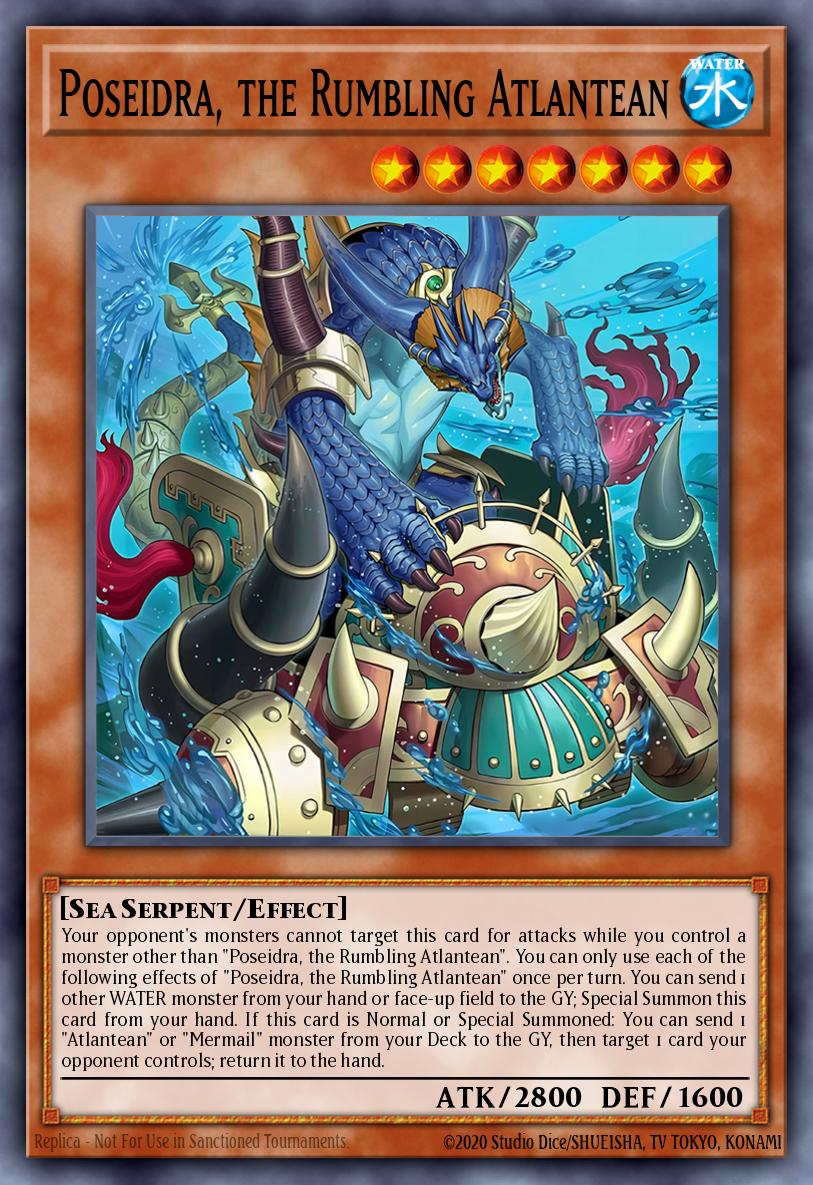
The Mermail archetype cooperates closely with the Atlantean archetype; cards from both archetypes, like Neptabyss, the Atlantean Prince, and Mermail Abysspike can dump WATER Monsters into the graveyard to gain an advantage. Similarly, cards from both archetypes like Atlantean Dragoons, and Mermail Shadow Squad reward their controller for chucking them into the graveyard.
Players take advantage of these synergies to search through their deck for level seven monsters like Poseidra, the Storming Atlantean, and Mermail Abyssteus which can be used to XYZ summon powerful finishers like Abysstrite, the Atlantean Spirit. They can also use their level four monsters to XYZ summon Bahamut Shark, a card that brings Toadally Awesome into play alongside itself, who can keep the Mermail player’s big threats safe from disruption.
Fire King
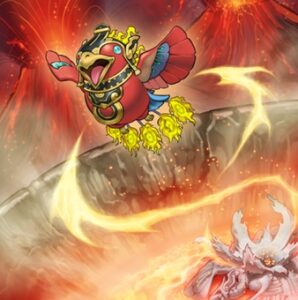
The Fire King archetype was not on many players’ radars prior to YCS Birmingham. The Fire Kings debuted in the Onslaught of the Fire Kings Structure Deck back in 2013, and have received a gradual stream of support in the years since. Most recently they got a second structure deck in 2023, Structure Deck: Fire Kings, and some new cards in the October 2024 set Rage of the Abyss.
The Fire King strategy is based on self-destruction. In the early game, they’ll use cards like Fire King Courtier Ulcanix, or their Field Spell Fire King Island to destroy monsters on their field or in their hand to search up bigger threats from the deck. Fortunately, many Fire King cards like Fire King High Avatar Kirin, and Fire King Avatar Arvata actually want to be destroyed and reward their controller for doing so.
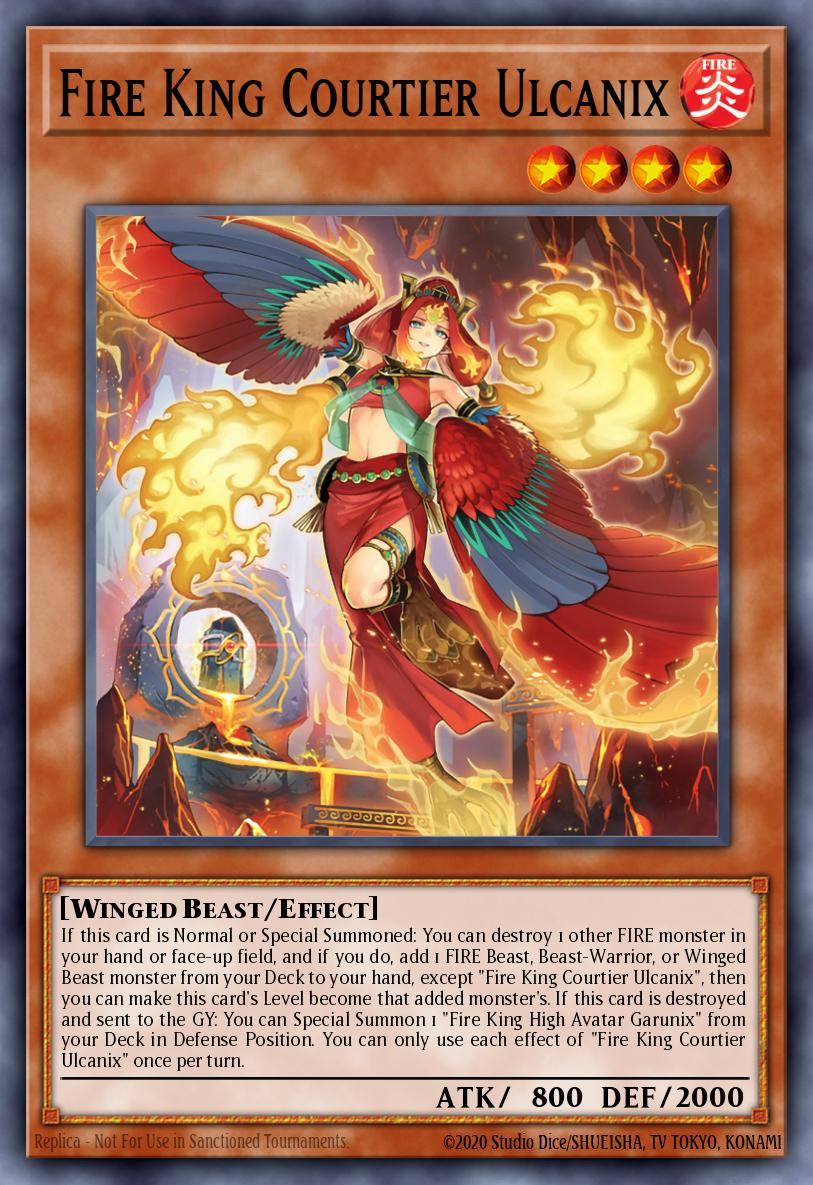
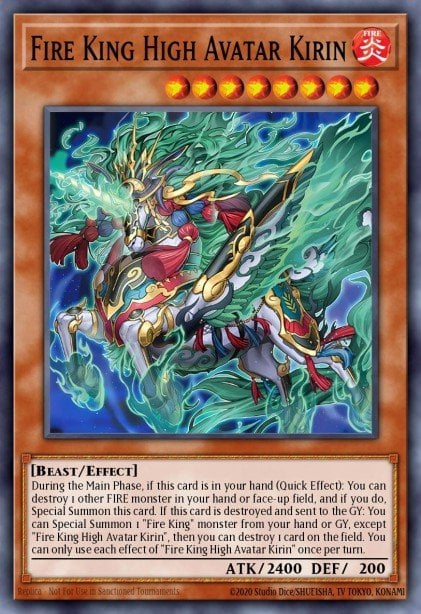
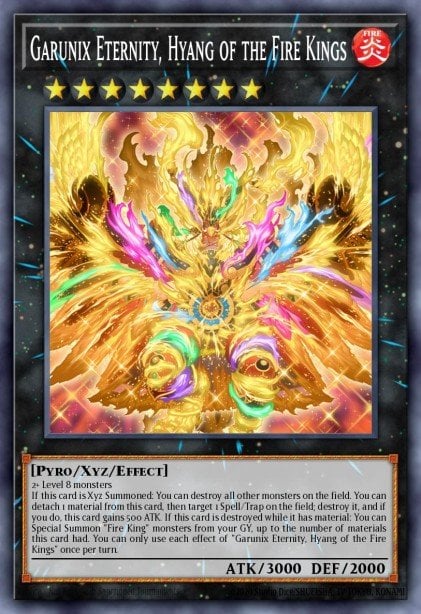
Ultimately, the deck looks to bring out a big fiery finisher like Sacred Fire King Garunix, or Garunix Eternity, Hyang of the Fire Kings to close the game out.
In an interview with Card Gamer after securing his YCS win, we asked Din-Kha Bui why he went with this off-meta archetype. He responded, “It plays really well going second, with in-engine removal cards, it has a very solid grind game, and the deck fits really well into the Ryzeal meta.”
Fire Kings match up well against Ryzeal decks since they can sustain themselves well and play the long game. They can shrug off the destruction effect of Ryzeal Detonator, where other decks would be more phased.
On top of picking a deck to counter the Ryzeal-dominated meta that he expected to face at YCS Birmingham, Din-Kha Bui was also evidently prepared for the Maliss matchup. He not only Side Decked Copies of Artifact Lancea, as others did, but also brought along several copies of Chaos Hunter which came in clutch during that tense final game.
Fire King Wins the Yu-Gi-Oh! Championship Series Birmingham

Anyone who was expecting YCS Birmingham to be a clean sweep for Ryzeal and Maliss decks will have come away incredibly surprised. Din-Kha Bui’s victory with a Fire King deck has blown the doors wide open for all sorts of archetypes to plant their flag. Will this lead to a resurgence of the previously dormant Fire King archetype? Will more niche decks step out of the shadows? How will Ryzeal and Maliss players adapt?
Things will only get further shaken up with the release of the Blue-Eyes White Destiny Structure Deck which releases in Europe on the 13th of February and on Valentines Day in the U.S. These Blue-Eyes support cards have already been making waves in the OCG, and Kaiba’s favorite dragon is poised to soar into a meta that’s bursting at the seams with new possibilities.
Looking for more Yu-Gi-Oh!? Check out all the cards that were revealed at YCS Birmingham for the upcoming booster set Quarter Century Stampede.

